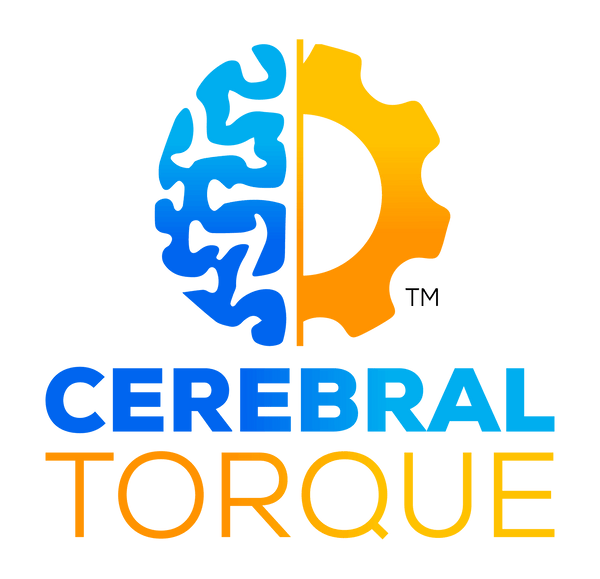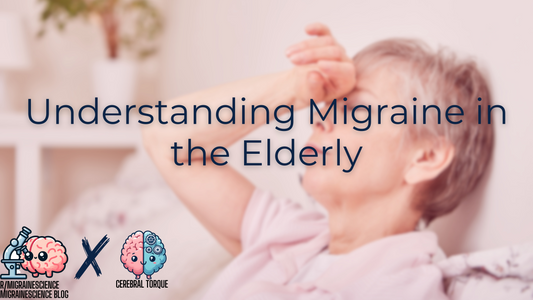
Cluster Headache Treatment: Acute and Preventive
Cerebral TorqueShare
Acute Cluster Headache Treatments
The most effective acute treatments for cluster headaches are those that work quickly to abort an attack. Triptans and oxygen are considered the first-line options. Why? No idea. No one knows. It’s based entirely on empirical data and not the pathophysiology of the disease.
Another important point is that acute treatment is only useful for aborting an attack, but they don’t reduce the duration of the attack, and hence why preventive treatment is necessary. Therefore, preventive treatment should begin once a cluster headache begins.
- Oxygen:
- Triptans:
So, the options include subcutaneous sumatriptan 3-6 mg, intranasal sumatriptan 20 mg given and intranasal zolmitriptan 5-10 mg.
Intranasal medications are given contralateral to the side of the headache due to patients having autonomic symptoms like rhinorrhea ipsilateral to the headache side.
Other acute treatment options that may be considered for those who can't tolerate oxygen or triptans include:
- Intranasal lidocaine: Spraying a 1 mL (40 mg) 4% lidocaine solution into the nostril on the painful side may numb nerve endings and provide relief for some. Advantages are few side effects and availability without a prescription. It’s possible to repeat hourly (max dose is 5 mL).
- Ergotamine and dihydroergotamine (DHE): The ergots are another class of medications that work on serotonin receptors to relieve migraines and cluster headaches. Oral ergotamine at a dose of 1-2 mg can be effective, particularly if taken at the start of an attack. IV, intramuscular, or subcutaneous injections of DHE have also shown benefit in medical settings. However, ergots have more side effects and drug interactions than triptans and should not be combined with triptans due to risk of severe vasoconstriction.
- Octreotide: Limited evidence suggests this injectable hormone may help some people, but it appears less effective than triptans.
Preventive Treatments
While acute treatments are a necessary lifeline to abort cluster headaches, preventive medications are crucial for suppressing attacks throughout the cluster period. The goal is to start a preventive as soon as a cluster period begins. Proven options include:
- Verapamil: This calcium channel blocker is the preventive drug of choice for episodic and chronic cluster headaches. It is typically started at a dose of 120-240 mg total per day in divided doses and increased gradually every 1-2 weeks until an effective dose is reached, often in the range of 480-960 mg daily. Verapamil can take 2-3 weeks to reach full effect. Side effects may include constipation, lightheadedness, fatigue, and leg swelling. EKGs may be advised prior to treatment and/or during treatment to monitor for heart rhythm changes at doses above 480 mg daily.
- Prednisone: This fast-acting oral steroid is often used as a "bridge" therapy while verapamil is being titrated up. A typical regimen is 60-100mg daily for 3 days followed by a taper of 10mg every 3 days. Prednisone often brings dramatic improvement within 2-3 days but is only suited for short-term use due to side effects like insomnia, agitation, weight gain, and elevated blood sugar.
- Galcanezumab (Emgality): For people with episodic cluster headaches that last more than a month, this newly approved injectable CGRP monoclonal antibody may be an option. It is given as 3 consecutive monthly subcutaneous injections of 100 mg each for a total of 300 mg. The main side effect is injection site reactions. It may be especially useful for those who can't tolerate verapamil.
- Other preventive drugs with some evidence of benefit include:
- Lithium: Typically used at doses of 600-1200 mg per day in divided doses. Blood levels and kidney function need to be periodically monitored. Side effects include tremor, thirst, frequent urination, and thyroid dysfunction.
- Topiramate: An anti-seizure drug most commonly used in combination with verapamil. It starts at 25 mg/day and titrated up at weekly intervals in 25 mg increments up to 100 mg per day in two divided doses. Side effects may include cognitive slowing, paresthesia, and weight loss.
- Melatonin: The natural hormone involved in sleep-wake cycles. Small studies suggest 10 mg nightly may help some people with cluster prevention.
- Valproic acid: An anti-seizure drug with some reports of benefit, but controlled trials are lacking.
When Medications Aren't Enough
For the estimated 10-20% of people with chronic cluster headaches that prove refractory to all medications, interventional approaches may be cautiously considered. These options are typically only pursued at tertiary headache centers after a thorough evaluation to rule out secondary causes and optimize medication trials. Interventions with the most evidence include:
- Occipital nerve blocks: Injections of a local anesthetic and a steroid around the greater and lesser occipital nerves in the back of the head may provide temporary relief for some people. The procedure can be repeated as needed.
- Sphenopalatine ganglion (SPG) stimulation: An SPG neurostimulator is surgically implanted in the upper jaw to deliver electrical stimulation to the SPG, a bundle of nerve cells linked to cluster headache. A handheld remote allows on-demand stimulation. Potential risks include oral-facial numbness or pain and device complications.
- Vagus nerve stimulation (VNS): Non-invasive VNS using a handheld device applied to the neck may reduce attack frequency based on open-label trials, but controlled trials have had mixed results.
- Deep brain stimulation: DBS of the posterior hypothalamus has been tried for severely disabled, treatment-refractory patients. Some positive results have been reported, but there are risks of bleeding and infection. DBS remains a last-resort consideration pending larger long-term studies.
Living Well with Cluster Headaches
Ultimately, living as well as possible with cluster headache involves a multipronged, individualized approach that combines the most effective acute and preventive treatments for a given person along with healthy lifestyle habits and a solid support system. Some tips:
- Partner closely with a headache specialist to tailor your treatment plan, with regular follow-up.
- Have an effective acute treatment on hand at all times; consider wearing a medical alert bracelet.
- Stick to a regular sleep-wake schedule, even on weekends. Sleep loss is a potent trigger.
- Avoid alcohol completely during cluster periods; even a small amount can trigger attacks.
- Don't smoke and avoid other tobacco products, as smoking may worsen cluster headache.
- Practice stress management techniques like deep breathing, meditation, and gentle exercise.
- Stay well-hydrated and eat regular, balanced meals. Skipping meals can provoke attacks.
- Enlist the support of family and friends who can learn how to help during an attack.
- Consider talk therapy to process the emotional impact and grieve the losses cluster headache can bring.
- Tap into support groups and resources like Clusterbusters for solidarity, coping tips, and research updates.

